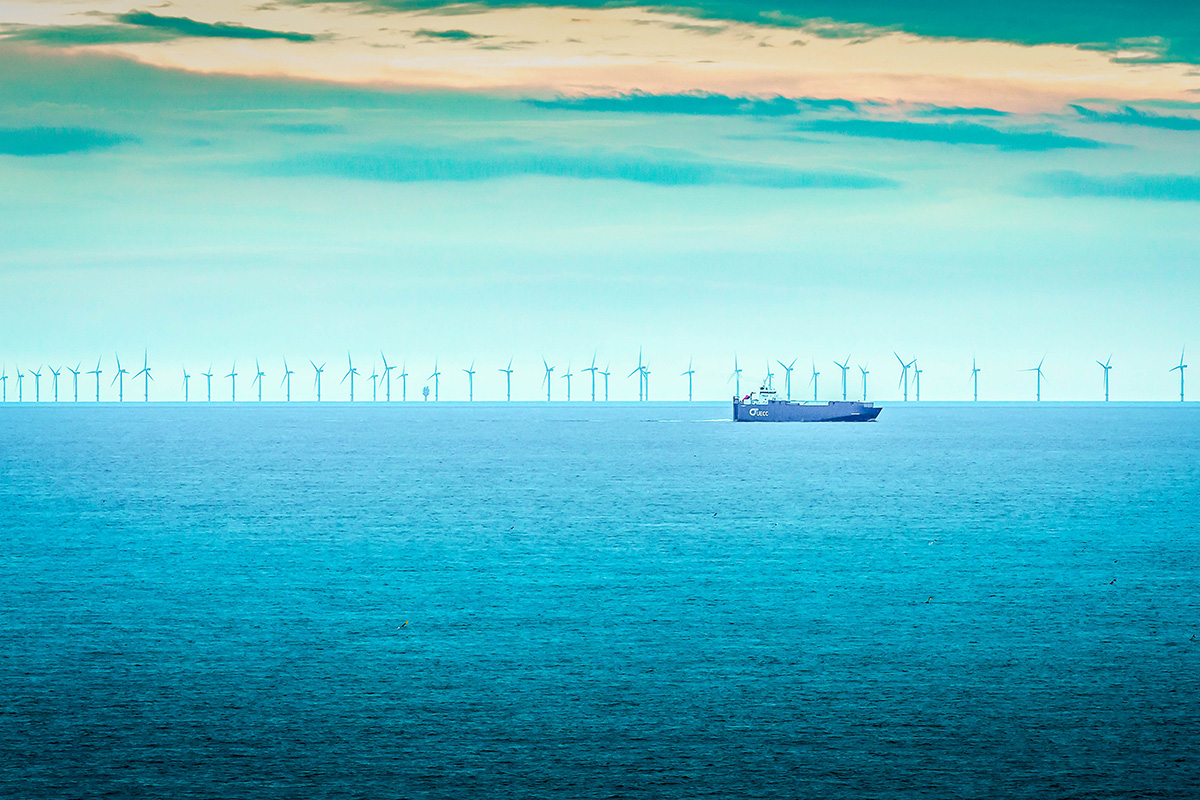17 May 2019
Why offshore wind is essential to the fight against climate change

16 May marked the opening of European Maritime Day (EMD) 2019 in Lisbon, Portugal. The two-day event is the annual EU meeting point on maritime affairs and blue growth, focusing on entrepreneurship, research, innovation and investment to transform traditional maritime sectors and boost emerging technologies and value chains.
With the eyes of the world focused on the ongoing climate and biodiversity crises, the oceans and seas are a major point of concern. As a maritime energy resource, offshore wind energy not only enables the happy coexistence between society’s energy needs and marine biodiversity, it is also one of the best tools that we have to fight climate change.
WindEurope CEO Giles Dickson told EMB attendees that offshore wind is 2% of Europe’s electricity today. Europe has 105 offshore wind farms; providing 19 GW of clean energy. But by 2030 there’ll be 70 GW, and offshore wind will be 10% of Europe’s electricity.
Offshore wind is the 2nd cheapest form of new power generation capacity in Europe. Only onshore wind is cheaper. Offshore wind is cheaper than solar PV, gas, coal and nuclear. Its levelised cost of electricity is €65/MWh. And thanks mainly to larger and more powerful turbines, Dickson said, the wind industry is going to keep reducing costs of offshore wind. The industry will launch a 12 MW turbine this summer. Offshore wind will produce low-carbon renewable hydrogen, which can help decarbonise refineries, fertiliser, heating and transport.
And floating offshore wind is set to expand. Thanks to EDP Renewables, the world’s second floating wind farm will open in Portugal this year. Floating costs will fall. “Once we build a large floating wind farm of 500 MW in a location with wind speeds of 9 metres per second, floating wind energy will cost €72/MWh.”
To reach its full potential, offshore wind needs EU support for the massive investments needed in offshore grid capacity. This means further financial support from the European Investment Bank and Invest Europe. There needs to be Innovation Fund support for floating offshore wind. Happy coexistence with other maritime users requires common rules and standards on marine spatial planning and a balanced approach to biodiversity. This means sensible implementation of Birds/Habitats Directives.
But all of this requires having a European Parliament that is friendly to renewables. This is not a given in the upcoming EU elections. Populist parties are gaining support. They are much less committed to fighting climate change than most mainstream parties. They’re generally still sceptical about renewables, despite all the economic benefits that renewables bring: cheaper electricity; reduced energy imports and greater energy independence; local jobs and growth; and benefits to local communities. So these elections could be bad news for climate change.
How many seats these populist parties win will depend crucially on turnout. The higher the voter participation, the less well they will do. Last week, WindEurope launched its Go Vote campaign to mobilise the 300,000 people who work in wind energy throughout Europe to go and vote in the upcoming European Elections.
Do you want to be at the heart of Europe’s offshore wind industry? Europe’s leading offshore wind event, WindEurope Offshore 2019, will take place in Copenhagen on 26-28 November – and exhibition space is selling out fast. The call for abstracts for the conference programme is now open.

